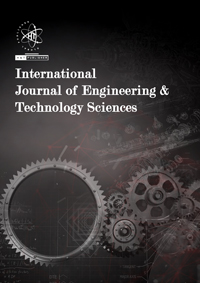


Authors
The integration of Artificial Intelligence (AI) and Machine Learning (ML) into structural engineering is transforming traditional methods of designing and analyzing reinforced concrete. These advanced technologies enable the creation of more accurate predictive models and real-time design optimization, reducing error margins and enhancing construction efficiency. This article explores how deep neural networks and supervised and unsupervised learning algorithms are revolutionizing engineers’ approaches to complex problems such as load distribution, material strength, and structural failure estimation. Additionally, it examines case studies where AI and ML have facilitated the design of safer, more sustainable, and cost-effective structures. Automation of repetitive tasks and analysis of large experimental datasets are among the advantages these technologies bring to the civil engineering sector. However, challenges such as integration into traditional processes, the need for specialized training, and ensuring the reliability and transparency of obtained results are also identified. This article concludes that the incorporation of AI and ML in the design and analysis of reinforced concrete promises to revolutionize the future of structural engineering, offering innovative solutions tailored to the demands of sustainability and efficiency in construction.